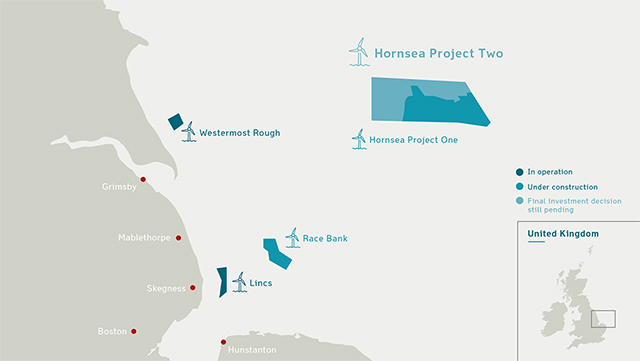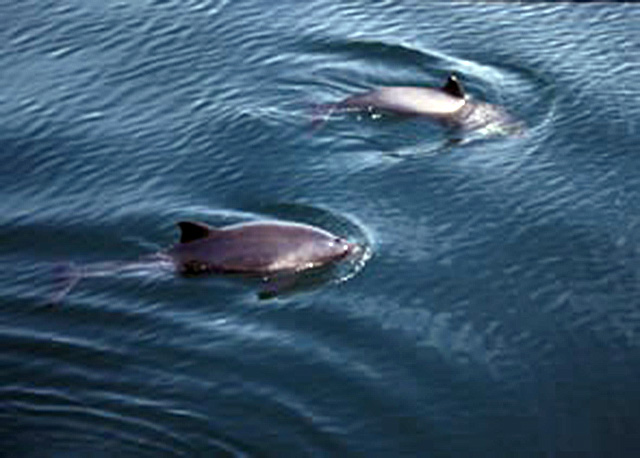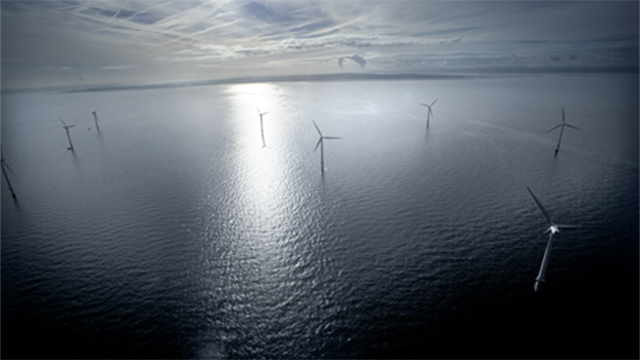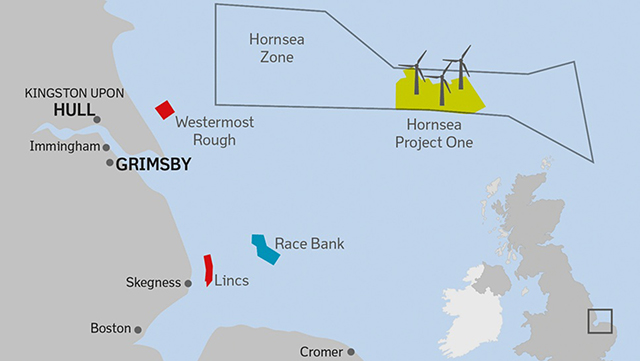£5million boost for Kite Power Solutions' pioneering high-altitude wind power generation technology, which has the potentiall "to become a game changer for the wind energy market"
Britain’s Kite Power Systems (KPS) has secured £5million of new investment from E.ON, Schlumberger and Shell Technology Ventures (STV).
The investment will support KPS’s technical and commercial development of its pioneering high-altitude wind power generation technology.
KPS’s kite power technology has the potential to transform the global offshore wind generation market as it is cheaper to manufacture and requires less construction and installation materials than conventional wind turbines.
The lower cost means that kite power generation would not need government subsidies and could be deployed in UK and Irish waters (and other areas of the North Sea) and in waters up to and potentially deeper than 40m found offshore of countries such as Portugal, Japan and the USA. Kite Power Systems can also be deployed onshore.

Kite Power Systems Ltd 2015
This latest investment will support KPS’s plans to deploy a 500kW onshore power system at West Freugh, a former airbase owned by the UK Ministry of Defence which is located in south west Scotland, in the next year (2017).
It is hoped that this will lead to a planned onshore demonstration array of multiple 500kW systems within the next three to four years. Thereafter, KPS will develop a 3MW onshore system at West Freugh and then deploy a similar sized power system in offshore waters.
Paul Jones, Chief Financial Officer of KPS said: ‘The new investment from three major international businesses is an endorsement of the R&D work that the KPS team has carried out and demonstrates support for our technology and our business. The backing of these companies will accelerate KPS’s commercial development plans towards deploying lower cost, deep-water offshore wind energy on a global scale.’
KPS was established in 2011 and to date has invested more than £3million in technology development, with financial support coming from the UK Government (via DECC’s Energy Entrepreneurs Fund and Innovate UK), Shell’s GameChanger programme and private investors.
Following Shell’s support to KPS since 2012 through its GameChanger programme, which provides early-stage start-up companies with financial and technical support to demonstrate the practical and commercial viability of their ideas, Shell’s corporate venturing arm STV chose to invest in KPS.

Kite Power Systems Ltd 2015
Geert van de Wouw, managing director of STV said: ‘We have closely followed KPS’s progress over the years and consider that its disruptive wind technology is on the right trajectory towards commercialisation. I have been impressed by KPS’s ability to continuously meet the challenging milestones Shell has set them during this period. Over time, KPS has convinced me that its high altitude kite power solution has disruptive potential for the wind industry. It is an interesting contribution to renewable energy generation and a good fit to explore through Shell’s New Energies business.’
E.ON is headquartered in Germany and is focusing entirely on renewables, energy grids and customer solutions. Frank Meyer, senior vice president B2C & innovation at E.ON said: ‘E.ON has been looking into airborne wind technologies for five years. The approach of Kite Power Solutions has the potential to become a game changer for the wind energy market. It supports one of our overall targets to drive down the costs for renewable energy. In addition to this, we catch the opportunity to be a first mover in producing renewable energy at locations where it is, for economic and technical reasons, not possible today.’
As a major oil & gas services company, with operations around the world, Schlumberger chose to invest in KPS because the technology has the potential to be deployed in varied locations including offshore oil platforms, remote onshore drilling operations and decommissioned offshore wind turbine towers.
How does it work?
The KPS power system has two kites that are flown as high as 1500 feet (450m); their tether is attached to a winch system that generates electricity as it spools out. By achieving flight speeds of up to 100mph (45m/s) in 20mph (9m/s) winds, the kite’s tether tension causes the line to rapidly spool out from a drum, which turns a generator producing electricity.
KPS’s technology can reduce the capex of conventional offshore turbines by as much as 50% because its patented power system doesn’t require large quantities of steel or specialist installation vessels. In addition to the Balance of Plant being lower than traditional wind turbine, Kite Power Systems have a better effective wind efficiency per m² active area. The International Renewable Energy Agency’s Innovation Outlook for Offshore Wind (IRENA, published in October 2016) states a levelised cost of energy (LCOE) for conventional offshore turbines of US$170/MWh in 2015 reducing to US$95/MWh in 2030. Independent assessment of the KPS technology indicates a LCOE of US$62.5/MWh by 2020, reducing to less than US$50/MWh by 2030.
While there are other high altitude wind power systems under development around the world, the patented KPS system is unique and KPS is the only British company active in the kite power market.
With immediate effect, Kite Power Solutions will trade as Kite Power Systems. Next year, the company will open its research and test facility at West Freugh.
World’s largest offshore windfarm receives planning go-ahead
The world’s largest offshore wind farm, the Hornsea Project Two offshore windfarm located 89 kilometres off the Yorkshire coast, has…
Wind farm plans delayed by harbour porpoises
Plans for the world’s biggest offshore wind farm have been hampered by fears that the noise of construction will disturb…
Nav in a nutshell: Making comfortable progress to windward
Why make heavy going in choppy conditions when a less demanding alternative heading will get you to your destination in…
Liverpool Bay wind farm to quadruple in size
DONG Energy is adding 32 more turbines to the existing 25 at Burbo Bank in Liverpool Bay, in an extension…
Three rescued from sinking catamaran after wind turbine collision
One of the three crew suffered a head injury when the catamaran fishing vessel collided with an offshore wind farm…
Investment confirmed for world’s largest offshore wind farm
Hornsea Project One wind farm will span an area of approximately 407 square kilometres off the Yorkshire coast with up…
UK weather warning: heavy rain and strong winds
Met Office severe weather warnings for the UK have been issued for heavy rain, accompanied by strong winds
Navitus Bay Wind Park refused development consent
The Department for Energy and Climate Change has announced its decision to refuse development consent for the proposed Navitus Bay…
Wind farm construction to begin off Sussex coast
The Rampion project is set to become the first offshore wind farm off the south coast of England.












